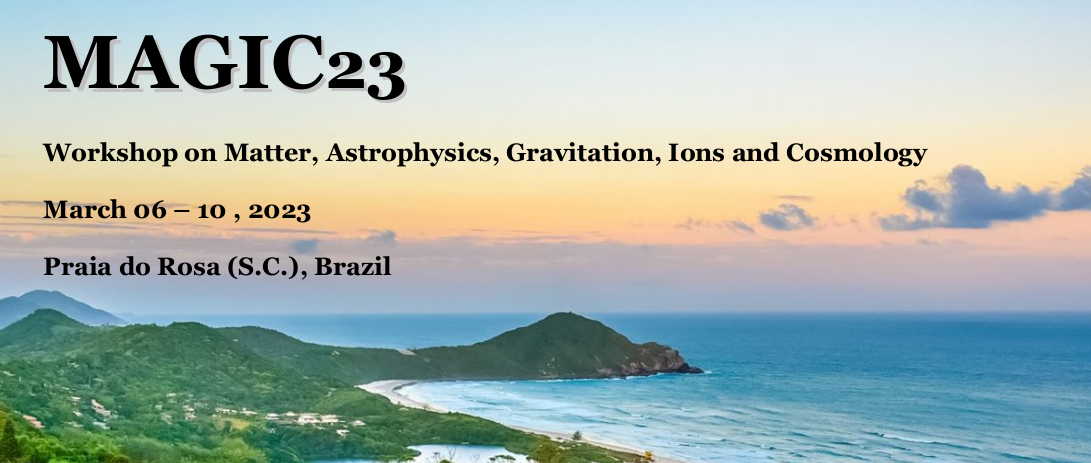Speaker
Description
The formation of circumstellar discs (CSDs) around the first generation (Population III) stars is an important phenomenon to understand the characteristics of CSDs in the early universe. In the primordial gas environment, cooling is essential to first form the protostars which subsequently can develop disc structure around them. This may lead to disc fragmentation, which can influence the initial mass function (IMF) of the first stars. Here we investigate the properties of circumstellar discs of the most massive population III stars formed in our simulations under the primordial cooling regimes of H2 line cooling and the cooling via collision induced emission (CIE). We performed a systematic numerical study of increasing levels of initial turbulence (Mach = 0.1 - 1.0) in the primordial gas cloud and examined their effects on the formation of CSDs under the two distinct cooling regimes. We find that the disc-star mass ratio Mdisc/Mstar is larger in CIE cooling than in H2 line cooling regime. Moreover, the increasing levels of initial turbulence within the subsonic range systematically increase Mdisc/Mstar. The surface density of the CSDs remains insensitive to the initial turbulent levels. However, in general, CIE cooling yields CSDs with higher surface density than H2 line cooling. Ratio of radial velocity to azimuthal velocity vr/vphi in the CSDs exhibits orders of magnitude differences when the two gas cooling regimes are compared. With the exception of model with Mach = 0.8, CSDs around the most massive first stars show a stable disc structure against fragmentation.

